Plumbing Sustainability Scorecard, Part 1: Leaching
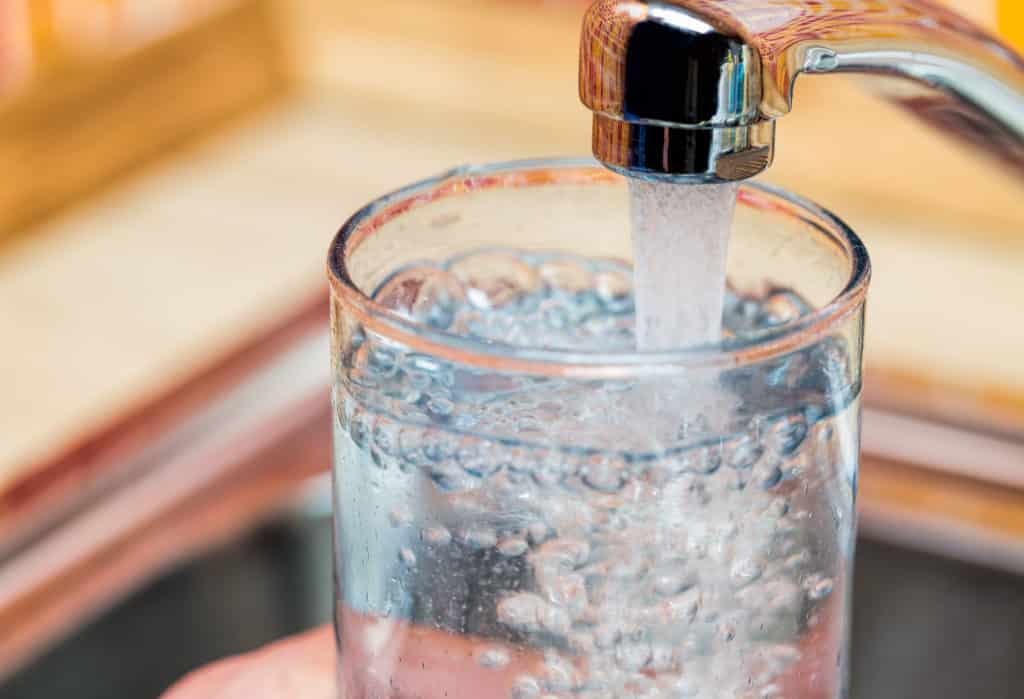
Leaching stands at a critical intersection of health, materials science, & sustainability. It must be a central consideration in selecting plumbing materials. This scorecard ranks common pipe types on the amount, toxicity, & regulatory uncertainty of chemicals leached into drinking water.
When Plastic Pipes & Chemical Clash: Risks

Promoted as cost-effective and easy to install, plastic pipes are often used without considering the environments in which they’re installed. Research shows chemical incompatibility poses serious risks to plastic piping systems
Leaching of Microplastics & Chemicals from PEX Pipes

PEX and other plastic piping systems leach plastic particles & chemicals, posing significant concerns for drinking water quality. Until we have more studies and better oversight, architects and others must weigh risks to occupants.
Plastic Pipes, Microplastics & Impacts on Human Health
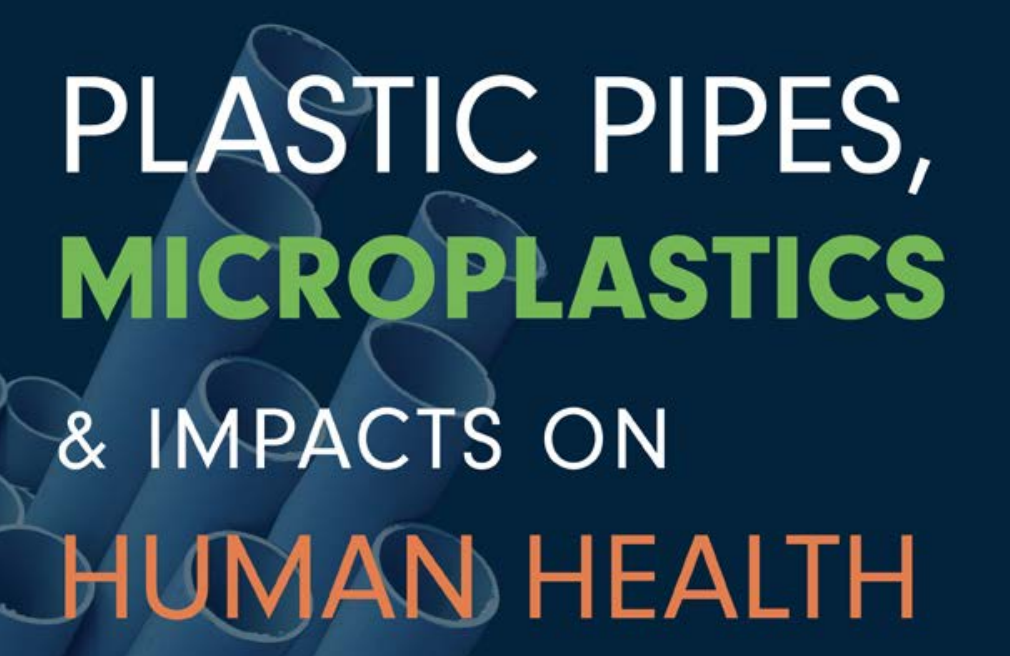
Research identifies plastic pipes as a significant source of microplastics & nanoplastics in potable water systems. Both PVC and PE pipes crack and peel “relatively quickly” as they age, releasing plastic particles. When people ingest the particles flaking from plastic pipes, it increases their exposure to plastic pollution.
Plastic Particles Found in Human Blood
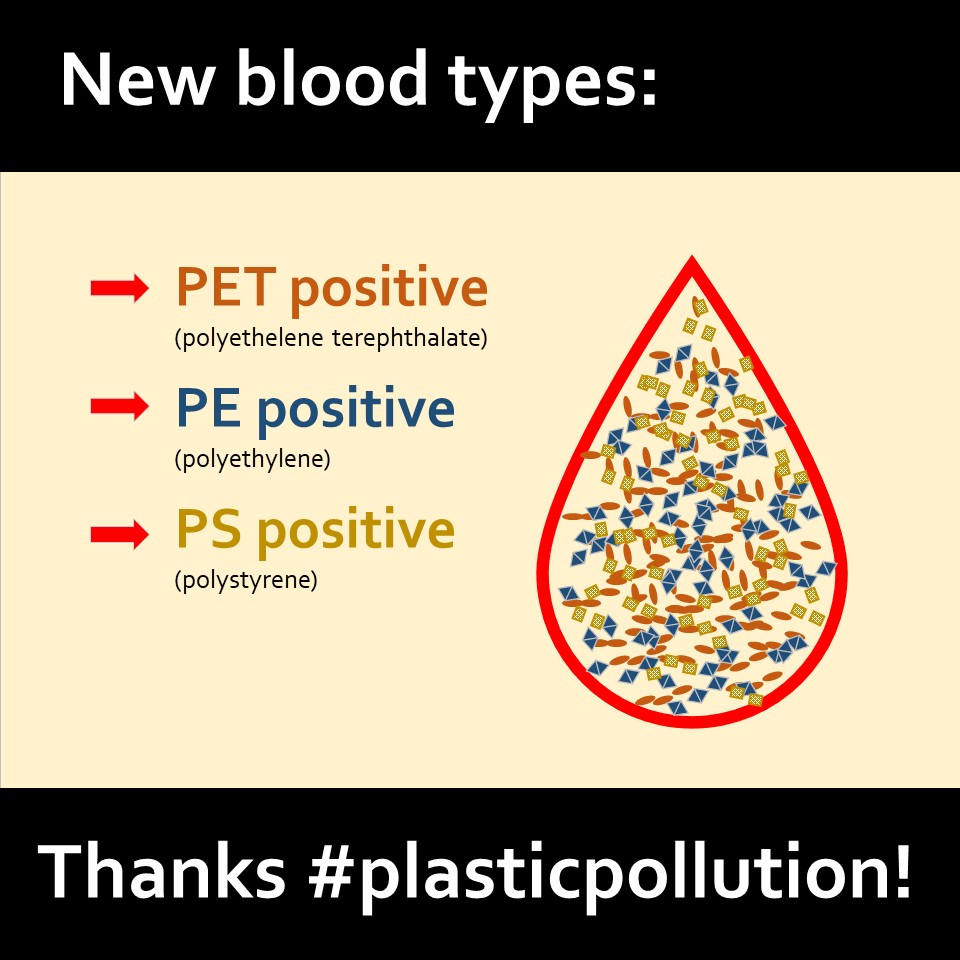
Plastic Particles Found in Human Blood A Dutch team from Vrije Universiteit Amsterdam has published a study showing plastic particles can enter and circulate in human bloodstreams. The researchers found plastics in 77% of those tested, including polyethylene (PE), polyethylene terephthalate (PET), and polystyrene (PS), among others. The paper, “Discovery and quantification of plastic particle […]
NRDC: A Growing Concern: Microplastic Pollution on Farm Fields

Scientists are showing that we are sending tons of tiny plastic particles into our soils each year, potentially affecting crops and our health.
Plastic’s Environmental Burden Covers Land, Sea, and Sky

Plastic is attacking our environment from all angles. As seen in Houston, the amount of harmful toxins being emitted into the air continues to grow in conjunction with the expanding plastic industry.
How to Pick the Safest Pipes for your Building

When choosing a piping material for a construction or renovation projects, builders should assess available information on the safety hazards that each presents. Installing materials that leach chemicals into water, create fire hazards, and threaten the environment put building occupants in real danger of both short- and long-term health risks.
Considerations for Safe, Resilient Piping Systems
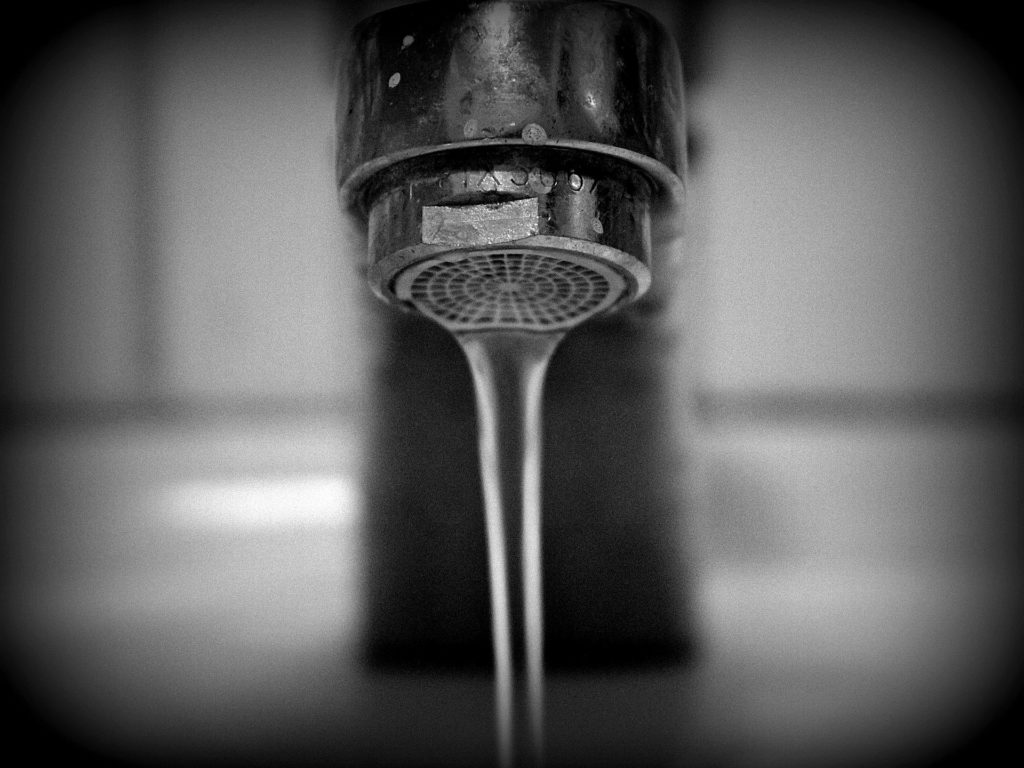
Piping is a fundamental aspect of every building, delivering potable water, handling wastewater, and providing ventilation to help maintain air quality, among other functions. Current research has identified several issues to consider when evaluating the pipe and fittings in a building.
Are Plastic Pipes Safe?
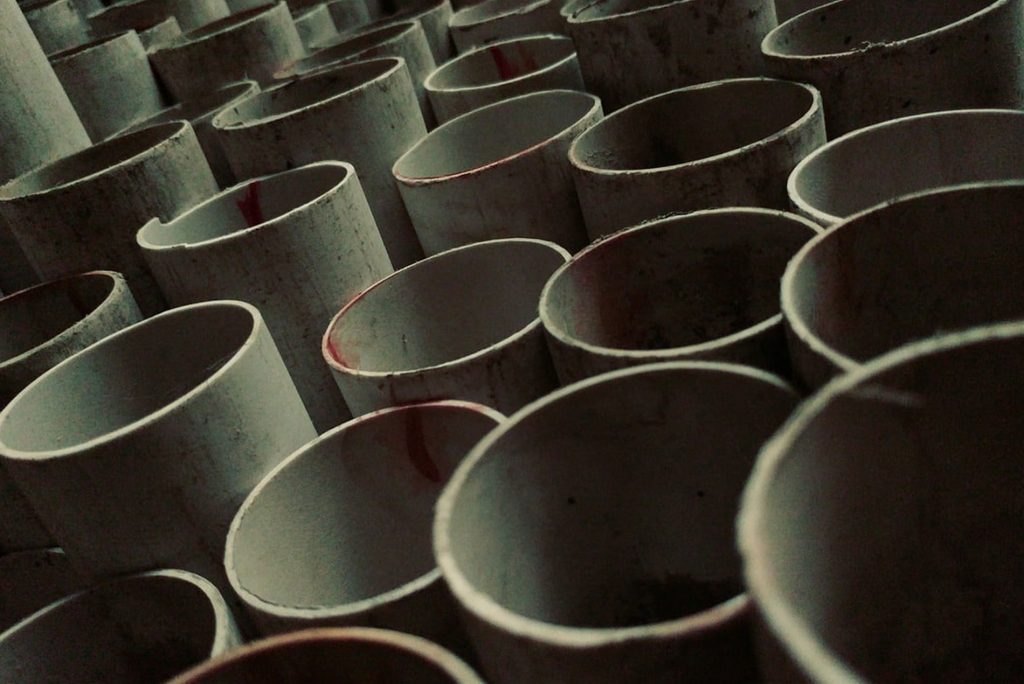
Are Plastic Pipes Safe? Piping material within a building plays a more critical role in safety than one might think, and homeowners, building owners, and contractors need to be aware of how piping material directly affects the safety of building occupants. Cheap piping made of PEX and PVC have become increasingly popular, appearing in over […]
